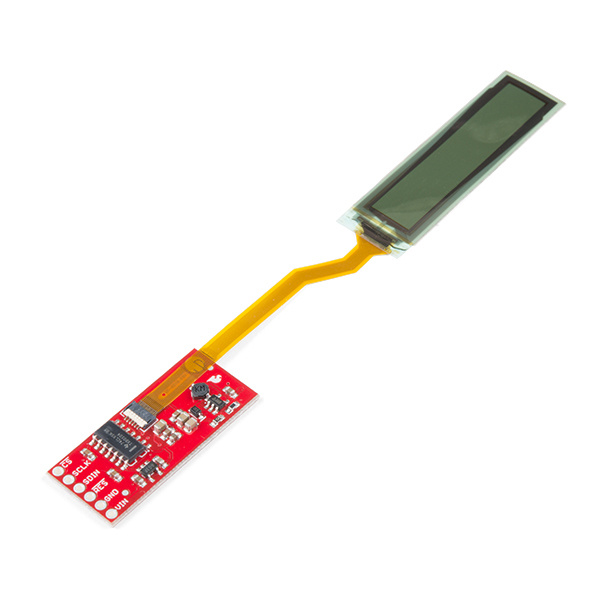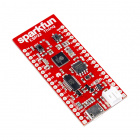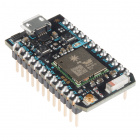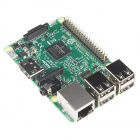Flexible Grayscale OLED Hookup Guide
Introduction
We've been hearing about and seeing flexible screens at CES for years now, but now you can finally get one in your hands and bend a screen! You can’t fold it like paper but this flexible grayscale OLED from Wisechip can be bent to a 40mm radius without damage. The display is less than 0.5mm thick, less than 0.5 grams, and can display some impressive graphics with great contrast.
The OLED display is 1.81" long with 160x32 4-bit grayscale pixels. The interface is 3-wire SPI and each pixel requires 4 bits. This means you will need a processor capable of storing a local array of 80*32 = 2,560 bytes in order to truly flex (pun intended) the power of the grayscale display. Basic 8-bit Arduinos can communicate with the display and do things like text but graphics will be tricky.
Required Materials
To get started, you'll need a microcontroller to control everything in your project.
Particle Photon (Headers)
WRL-13774Raspberry Pi 3
DEV-13825Tools
You will need a soldering iron, solder, and general soldering accessories.
Weller WLC100 Soldering Station
TOL-14228Suggested Reading
If you aren't familiar with the following concepts, we recommend checking out these tutorials before continuing.






